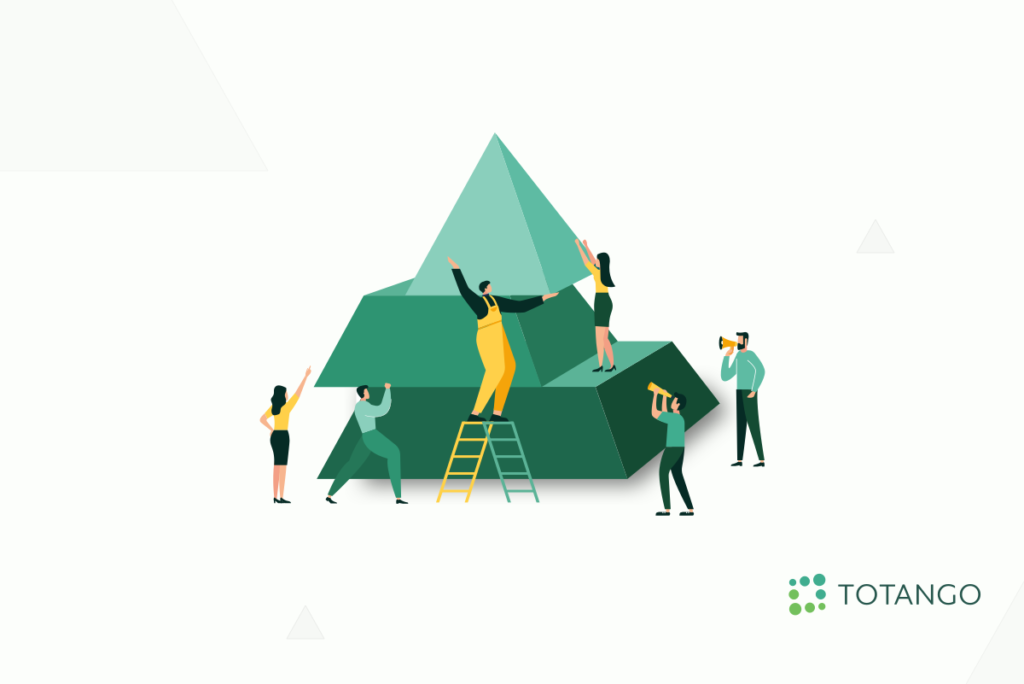The rise of the recurring revenue business model has placed the customer in control of their business partnerships. Customer value is now achieved over repeated cycles of renewal, and the customer can walk away whenever they see fit. Now more than ever, SaaS organizations have to work hard to help their customers succeed and keep them satisfied.
By paying attention to a few key customer success factors designed to help you thrive in today’s digital conditions, you can shape your entire enterprise around your customer’s needs and become an integral part of their future.
The Customer Success Factors You Need to Know
The goal is mutually beneficial growth for both you and your customers. The following key factors will help you gather and share customer information so that every member of your enterprise can provide personalized, proactive value to customers. This lets you anticipate customer needs and continually provide value:
- Access to Customer Data
- Customer Lifecycle Management
- Proactive Engagement
- Customer Success Software
Focusing on these factors will help you operationalize customer-centricity across your enterprise.
Access to Customer Data Across Teams
To remain relevant to your customers, you must align your goals with theirs. This begins with gathering customer information from a range of sources. Every touchpoint along the customer journey—from the initial sales event to support tickets, product usage metrics, and customer feedback—generates unique data. This data provides a detailed representation of the customer experience and should be shared across the enterprise. Doing so makes sure every team is embracing a customer-centric approach.
How to Make it Work
When creating a customer-centric culture, be sure everyone understands the goal and has access to needed information. For example, during the sales to customer success handover, it is critical that both teams communicate efficiently to provide a seamless customer experience.
Customer Lifecycle Management
The customer journey includes four main stages. Note that stages may overlap.
- Onboarding
- Adoption
- Escalation
- Expansion & Renewal
Your customer will always be undertaking one, sometimes more than one, of these phases. Remember, the journey is not linear; a customer might experience escalation during adoption or circle back to onboarding due to an upsell. Understanding your customer’s goals during each of these phases helps you to optimize your efforts.
How to Make it Work
You can use these stages of the journey to create results-driven, goal-based KPIs that turn your customer information into actionable tasks. By using metrics you know relate closely to customer business success, you can maintain customer growth and constantly deliver value
These KPIs might include steady progression through onboarding, high product usage during adoption, and rapid escalation resolution. By turning the customer journey into a series of achievable goals, it becomes easier to keep customers happy.
Proactive Engagement
Meeting the promises made during the sales process will keep your customers satisfied, but to establish a deeper connection, you need to anticipate your customer’s needs. By closely following your customer’s current behaviors and understanding their goals, you can provide solutions to problems they were not even aware they had and prepare them to take steps they did not know they wanted.
How to Make it Work
Being proactive with customers might mean offering additional seats on a license before your customer maxes out. It could mean offering additional training or information when a customer’s product usage stalls. It might mean introducing new product features in anticipation of customer expansion, or providing a comprehensive explanation of the resolution process when escalation strikes.
Proactive customer success allows you to lead your customer’s growth and accelerate their experience of value.
Customer Success Software
Customer success is fueled by customer knowledge, and customer success software helps you make the most of this understanding. The right solution should contain the following elements:
- Enables the Customer Success team to spend less time analyzing data, and more time working with customers
- Ability to gather, sort, and analyze information from a range of sources
- Customizable metrics to turn raw information into actionable insights
- Scalability through customer segmentation and high-level comparison
- Can draw together varied metrics to create an easy-to-read customer health score
- An early warning system that alerts you to changes in customer behavior and suggests next steps to take in response
Your customer success software is the backbone of your customer success efforts, so it is crucial that you find one that meets your enterprise’s needs.
How to Make it Work
Every day should begin with a top-level tour through your customer success software. With a glance, you should be able to prioritize accounts by potential value, customer health, and proximity to key milestones. It should alert you to expansion opportunities and notify the appropriate person if a customer is in danger of churning. It makes your customer success operations more efficient and effective.
Customer Success Factors Guide Your Customer Interactions
The digitization of business demands you change the way you work with customers. Fortunately, with a focus on the right customer success factors and the right software, you can meet the demand with personalized, proactive customer success strategies.
By closely following your customer’s behavior and turning that knowledge into actionable goals, you can deliver value that leads to repeatable and mutually beneficial business growth.
Totango’s customer success software helps you turn the complexities of customer success into practical, everyday actions. If you explore Spark, you will see how customer data can be used to help your customers realize value. Create a free trial account to get started today.

